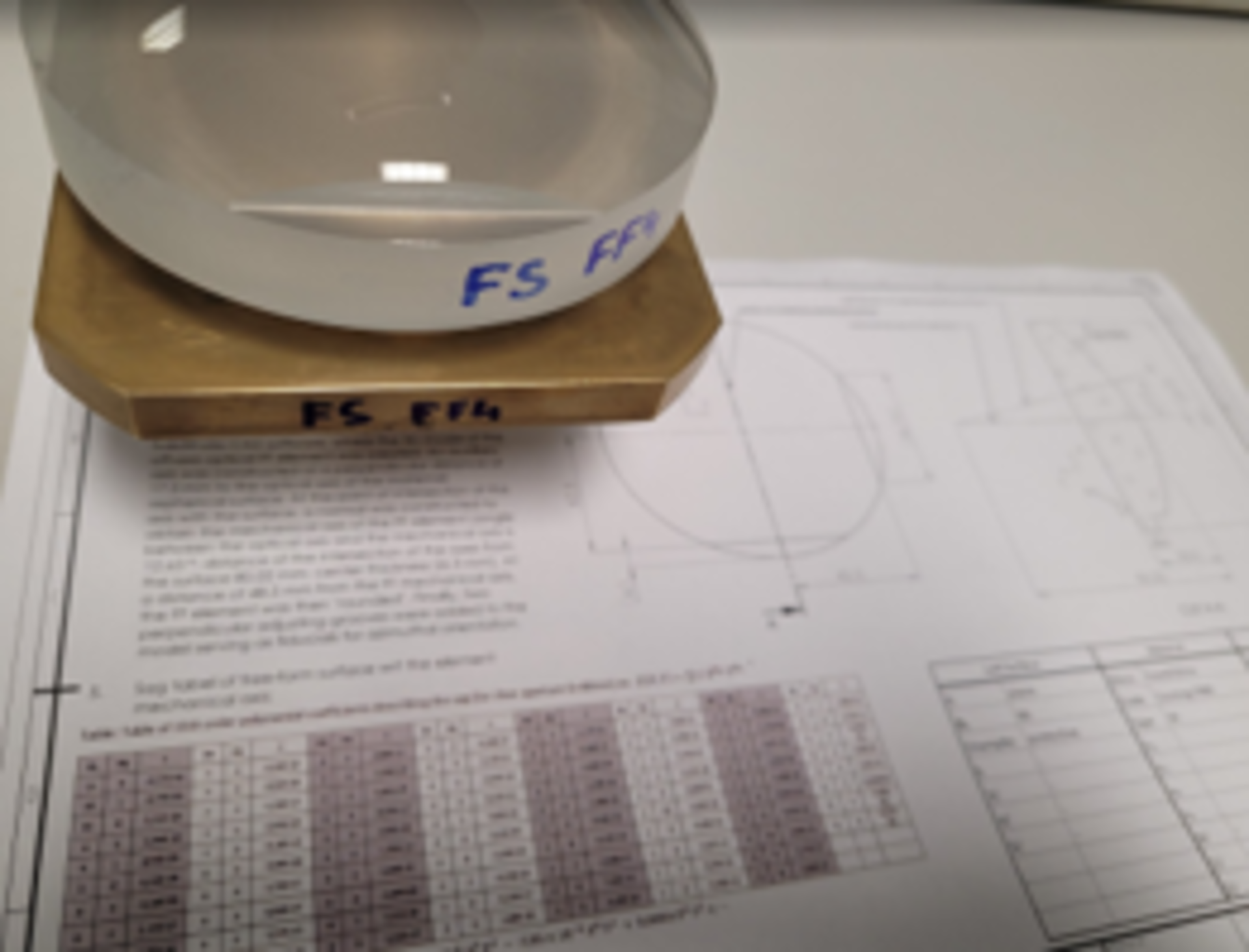New optical polishing techniques for aspherical and free form lenses
The mass and the dimensions of optical instruments for space applications can be reduced using free form optics, which provides more flexibility for the optical designer. While manufacturing of spherical and aspherical surfaces can be performed using established technologies, the manufacturing and testing of free-form surfaces poses challenges to polishing companies. In recent years, polishing techniques were developed for free-form mirrors but only to a limited extent for refractive elements.
Transferring and developing figuring, polishing and testing techniques for free-form lenses of high quality will enable more compact refractive instruments for Earth observation and science. The activity aims to develop technologies for the figuring and polishing for arbitrarily shaped refractive surfaces (lenses). The development was
driven by the need to achieve a low surface form error, low mid spatial frequency errors and low surface roughness.
This TDE activity (T716-603MM), with Ústav fyziky plazmatu AV ČR, v.v.i. (CZ), was able to define a successful manufacturing process for the realization of both the free-form and the aspherical elements, which met the requirement for surface form error (SFE) on both Fused Silica and CaF2 materials and the requirement for micro-roughness for the Fused Silica material.
The proposed manufacturing processes enable optical engineers to realize high-performance optical systems while minimizing the mass and volume. At the same time, the low micro-roughness level brings the key benefit for systems where low stray light level plays a key role.


